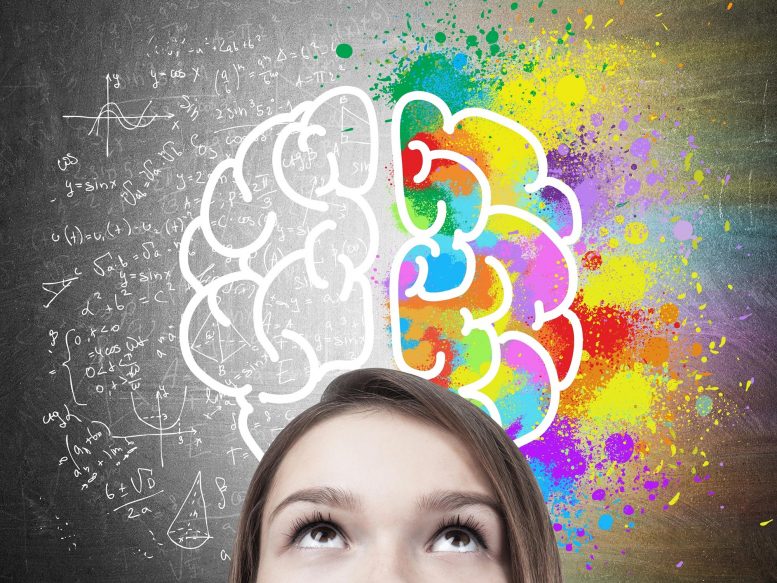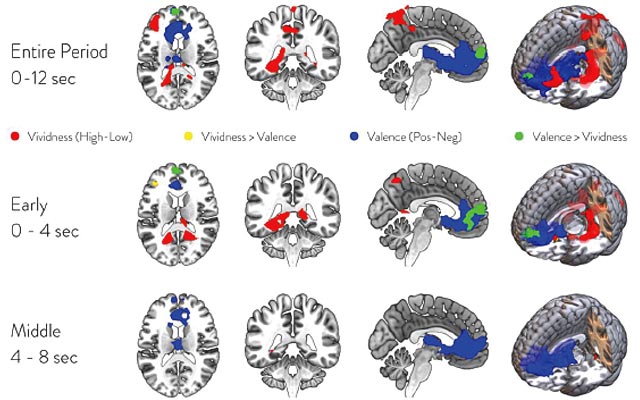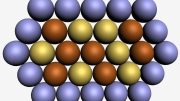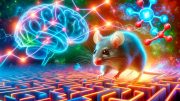
The default mode network (DMN) activates during the brain’s resting state and has been linked to daydreaming, planning, and imagining the future. The study found the DMN is divided into separate subsystems for constructing and evaluating imagined scenarios.
One subnetwork constructs imagined scenarios, while the other evaluates them.
Two components of imagination — constructing and evaluating imagined scenarios — rely on separate subnetworks in the default mode network, according to research recently published in JNeurosci.
Even when you aren’t doing anything, your brain is hard at work. The default mode network (DMN) activates during the brain’s resting state and has been linked to daydreaming, planning, and imagining the future. In previous studies, scientists noticed the DMN could be divided into two subnetworks, ventral and dorsal, but their different roles were debated.

Whole-brain analysis of vividness and valence. Top panel shows the main effect of valence and vividness as well as their difference contrasts for the entire 12-second imagination period. The bottom two panels show the four effects for the early (first 4 s) and middle (middle 4 s) parts of the imagination period. There were no significant effects for the late (last 4 s) part of the imagination period. Credit: Lee et al., JNeurosci 2021
Lee et al. used fMRI to measure participants’ brain activity while they imagined scenarios listed on prompts, like “Imagine you win the lottery.” The scenarios varied in vividness and valence — some were positive, others negative. Only the vividness of a scenario influenced the activity of the ventral default mode network. Conversely, only the positive or negative quality of the imagined scenario affected the activity of the dorsal default mode network. The results indicate the default mode network is divided into separate subsystems for constructing and evaluating imagined scenarios. Understanding this division allows for future, more detailed studies on the neural mechanisms underlying imagination.
Reference: “The Ventral and Dorsal Default Mode Networks Are Dissociably Modulated by the Vividness and Valence of Imagined Events” by Sangil Lee, Trishala Parthasarathi and Joseph W. Kable, 17 May 2021, Journal of Neuroscience.
DOI: 10.1523/JNEUROSCI.1273-20.2021
Funding: NIH/National Institute of Drug Abuse









… this could be interesting, but there is a thing we feel, and it is called<…